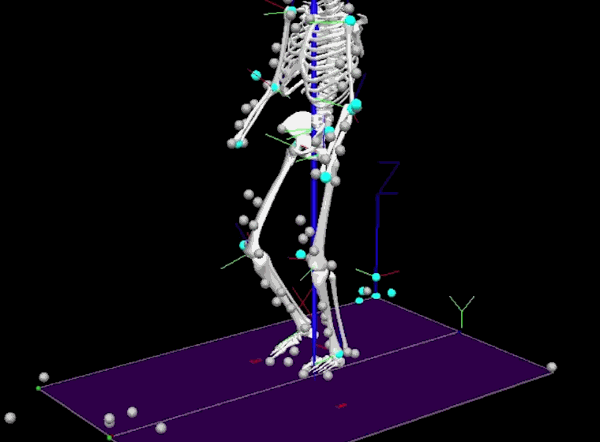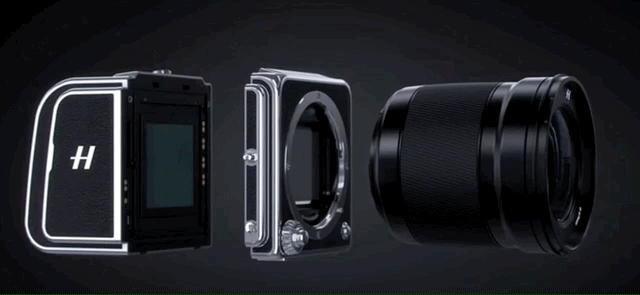NASA’s Dragonfly will fly across the surface of Titan, Saturn’s ocean moon
NASA has just announced its next big interplanetary mission: Dragonfly, which will deliver a Mars Rover-sized flying vehicle to the surface of Titan, a moon of Saturn with tantalizing life-supporting qualities. The craft will fly from […]
NASA’s Dragonfly will fly across the surface of Titan, Saturn’s ocean moon Continue »









